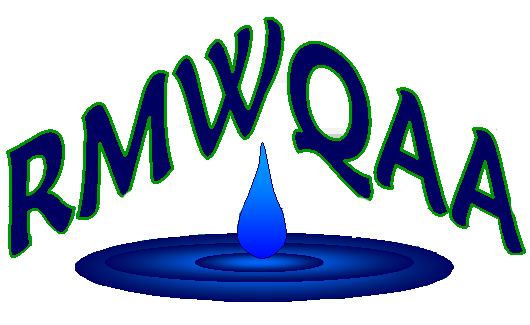Contributed by Ashley Romero
Ashley Romero is a Water Quality Scientist at GEI Consultants, Inc. and has a background in ecotoxicology.
It’s hummingbird season!! Well actually there are two peak periods in our area, the first is the initial migratory period from mid-April to the end of May and the second is from July to the end of September. I’ve had the pleasure last year of watching a hummingbird build a nest and lay two tiny eggs that were the size of small jellybeans. There were two very small hummingbird chicks that I got to see grow up into healthy hummingbirds, very quickly it seemed like! And I learned that it is typical for the chicks to fledge, or leave the nest, after 18 to 28 days from hatching. It was such a special occurrence that I wanted to make sure I did all I could to have the chance to see it again. And so I decided to share some helpful tips on how to attract and make the most hummingbird friendly environment.
the initial migratory period from mid-April to the end of May and the second is from July to the end of September. I’ve had the pleasure last year of watching a hummingbird build a nest and lay two tiny eggs that were the size of small jellybeans. There were two very small hummingbird chicks that I got to see grow up into healthy hummingbirds, very quickly it seemed like! And I learned that it is typical for the chicks to fledge, or leave the nest, after 18 to 28 days from hatching. It was such a special occurrence that I wanted to make sure I did all I could to have the chance to see it again. And so I decided to share some helpful tips on how to attract and make the most hummingbird friendly environment.
I have a typical feeder that is red and yellow, and while hummingbirds do have a proclivity to those colors, it’s mostly because they are the easiest to spot. These birds have a high metabolism, so they live to eat! But don’t feel like you are isolated to those colors, hummingbirds can see a wide variety of colors, including in the ultraviolet spectrum, and will come as long as nectar is consistently available.
Speaking of nectar, a problem I have experienced in the past is to put the feeder in a really sunny spot without changing the sugar water as often as needed. This can cause the solution to ferment and turn moldy which hummingbirds are not fond of. It is important to keep the feeder clean, in a shadier spot, and replace the solution on a regular basis, including more frequently, depending on the warm weather. When selecting what type of nectar to use, make sure to check the label on store bought solutions to determine whether it is pre-diluted or concentrated so that it can be prepared properly. But you can also make your own by simply boiling one part table sugar with four parts water and if making a larger volume, making sure to keep it refrigerated in the interim.
Hummingbirds also enjoy the nectar from native plants and flowers in addition to small insects such as fruit flies or gnats. The USDA has some helpful information on the types of hummingbirds that can be found in Colorado, South Dakota, and Wyoming and which plants are suitable to grow based on ecoregion (brochure provided with this link). You can also encourage the presence of small insects by keeping overripe fruit or banana peels close to the feeder. Also, hummingbirds like to bathe frequently! But just a misting, they also prefer droplets on leaves, and very shallow water that mimics natural environments. Please also be mindful if you have an outdoor cat to keep them away from feeders and plants.
Lastly, find a good spot in the yard to relax and watch! Hummingbirds are super fast and can be hard to see, but they also do like to perch and hang out on feeders so make sure that they have plenty of room to do so. Have fun this season!
References
www.audubon.org/community-science/hummingbirds/how-create-hummingbird-friendly-yard
www.birdconservancy.org/attracting-spring-and-summer-hummingbirds/
www.fs.usda.gov/wildflowers/pollinators/animals/hummingbird-guides.shtml
 Welcome to the
RMWQAA Website!
Welcome to the
RMWQAA Website!  Welcome to the
RMWQAA Website!
Welcome to the
RMWQAA Website!